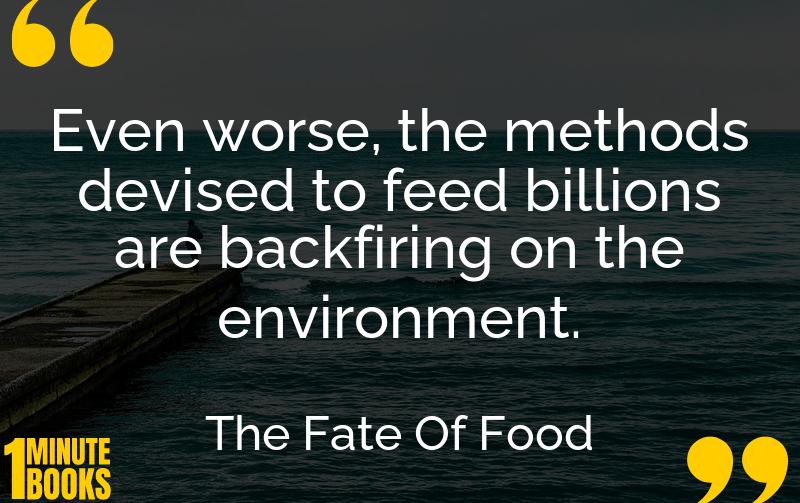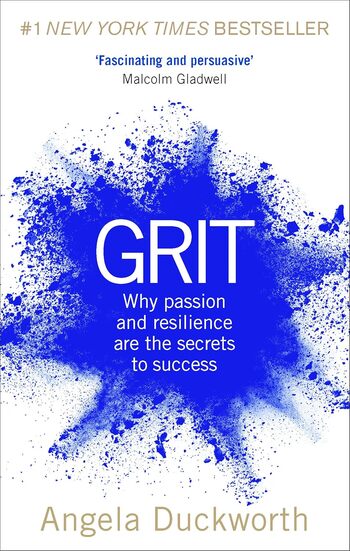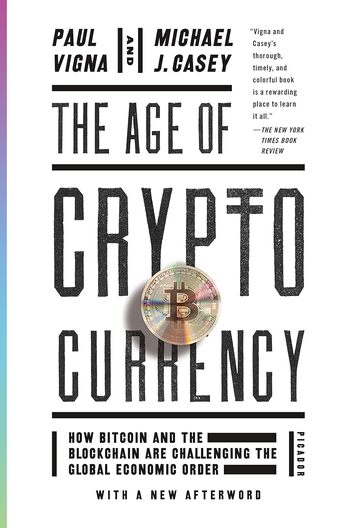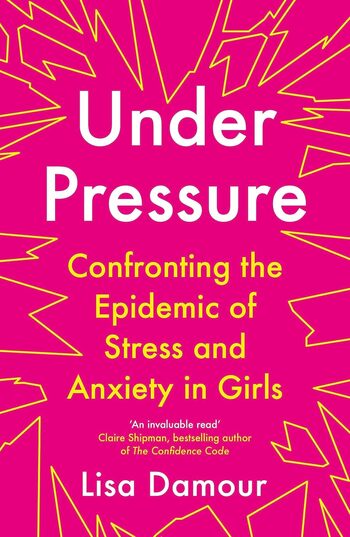
Amanda Little explores the challenges and innovations in modern agriculture to sustainably feed a growing population amidst climate change, highlighting solutions like indoor farming and technology.
Main Lessons
- The productivity of agriculture has increased significantly due to modern techniques.
- Modern farming, while beneficial, significantly contributes to environmental crises.
- Environmental volatility affects global agriculture with extreme weather impacting crops.
- The Green Revolution increased food supply but didn’t solve equitable distribution.
- Pollution from farming methods contributes to climate change and impacts biodiversity.
- High tech irrigation in arid areas improves agricultural self-sufficiency.
- Indoor farming provides sustainable solutions but poses energy challenges.
- Innovations in the meat industry focus on reducing environmental impact.
- Food waste remains a major issue, needing education and prevention measures.
- Lab-grown meats and plant-based alternatives are potential future food solutions.
- Cities connecting surplus food with those in need reduce waste while aiding communities.
- Embracing both traditional farming and new technology can sustainably feed the future.
- Utilizing GMOs might be necessary for sustainable agriculture despite public skepticism.
- Composting is not always the ultimate solution to food waste.








